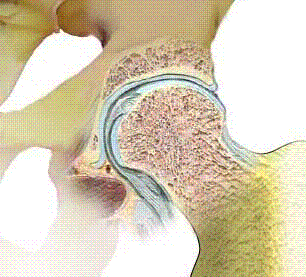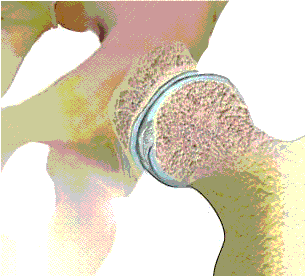Restored Cutting of the Bone
A Triple Cutting of the Pelvic Bone
Lack of proper development of the hip joint is a common birth defect especially among girls. The most severe form is when the femoral head is not included in the stewpot of the basin, but in case of discharge.
There are some kinds of levels of defects that are less perfect, which are not reflected by a limp or pain, but in adulthood or elders. When the defect is a partial it is called dysplasia – i.e. poor development. In certain cases, the joint can be restored partially to similar joint, right by changing the structure of the pelvis and neck of the femur. Common defect is the lack of coverage of the femoral head by the stewpot of the basin because it is flattened and in a large angle the horizontal plane and the angle of the neck of the femur are also too high.
These defects can be corrected at least partially by cutting the bones of the pelvis and femur and placing them in a more anatomically correct. Restoring completely normal structure is impossible. But in many cases you can get to the elimination or reduction of pain and better function of the joint. By rejecting the need to make a surgery in which we implant an artificial joint at an older age.
Surgery is suitable for those suffering dysplasia, poor functioning and suffer pain, but in their ailing joints there is no clear evidence of degenerative changes, femoral head remains circular (or nearly circular) and relatively good range of motion.
Cutting the femur for hip arthritis only
This surgery was previously used heavily for ARTHRITIS osteoarthritis of the hip. The aim of this surgery was to relieve pain and improve function by changing the focus of weight carrying by the joint: move the majority of the power to relatively healthy areas of the joint where the cartilage has not worn off yet, and among some of the methods to reduce the strength of the forces passing through the hip. This surgery would allow a partial benefit for a period of up to 15 years.
With the development of the very successful joint replacement, we can notice the decrease in the incidence of bone cutting surgery. But still there is a specific instruction for making this surgery in some cases.


head not contained.

